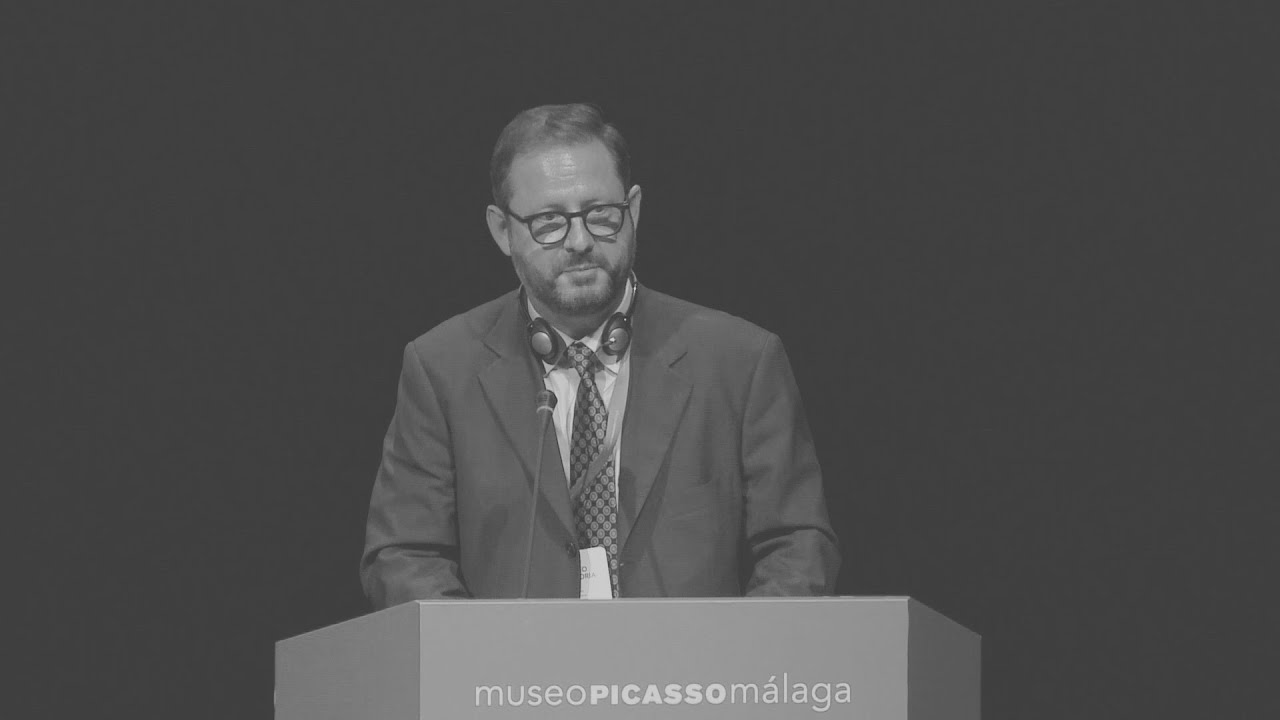Guest Speakers
History and Modernisms
Charles Palermo
Around 1900, Catholicism confronted a school of interpretation that came to be known as “modernism.” Modernism understood scripture to be historically evolving, open to every age’s new understandings. Modernism became well known through heated debate and even novelistic treatments. Recently, I explained the relation of this discourse to ambiguously Christian imagery of Picasso’s Blue and Rose periods and those works’ resistance to interpretive closure. Elsewhere, I expanded the argument to readings of cubist works—works without reference to Christianity—in which the same hermeneutic problems return as reflections on form, ontology and meaning. Here, I draw these reflections together. This is Picasso’s modernism.
